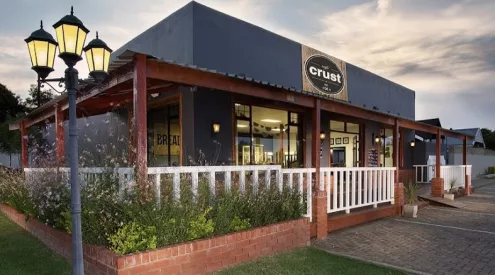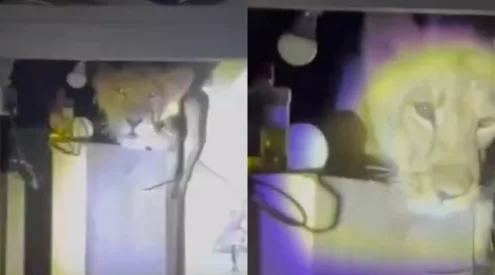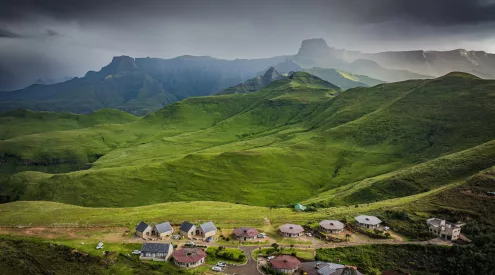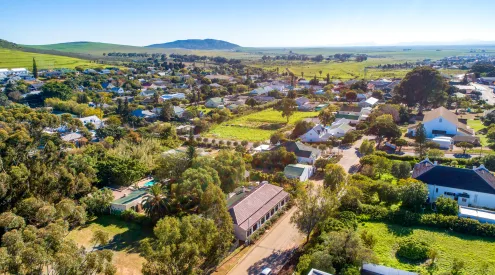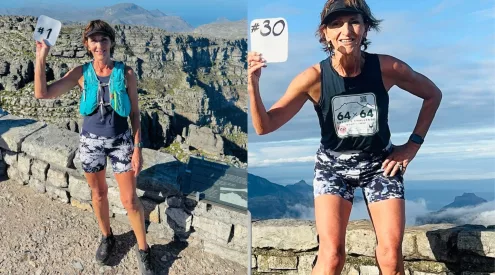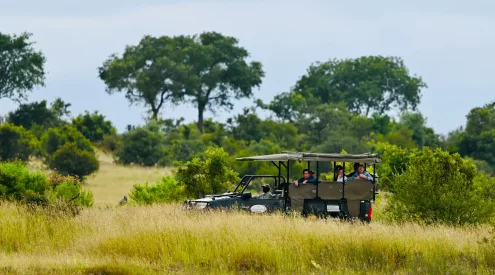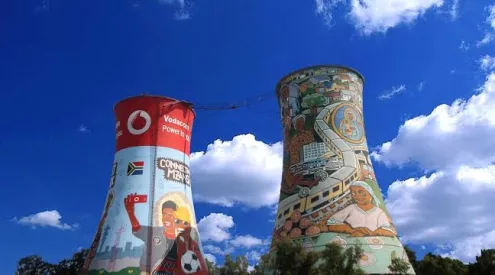With the impending threat of climate change on Earth, going carbon-neutral increasingly becomes imperative to save the planet before it’s too late. There are many sectors and industries which leave a large carbon footprint, and the travel industry is one of them. With aviation fuel being a big contributor to CO2 emissions, many aviation companies have sought to reduce their impact by converting to sustainable aviation fuel.
Similarly, to dramatically decrease their carbon footprint while still delivering excellent service, tour company Contiki has gone carbon-neutral since 1 January 2022.
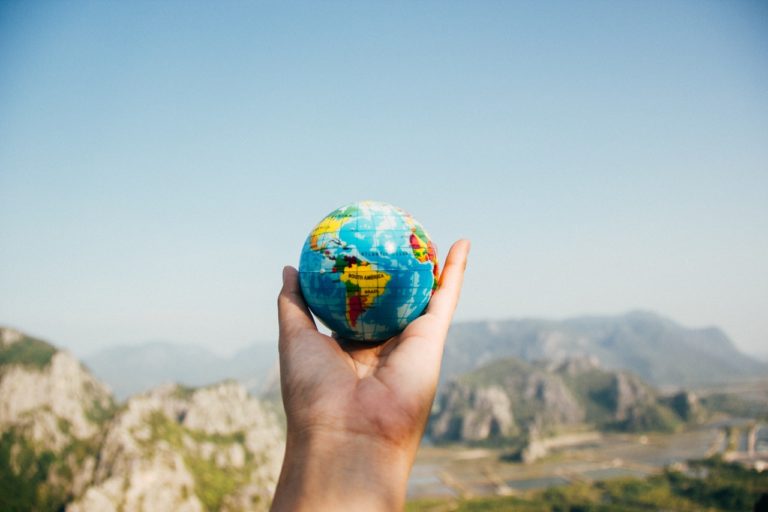
Climate Action Plan
Contiki has a Climate Action Plan to guide individuals as part of their wider ‘How We Tread Right’ sustainability strategy, and it prioritises reducing emissions and removing carbon ahead of offsetting unavoidable emissions. The plan is not marked by one quick fix, because there isn’t one. It’s marked instead by committing to learn and adapt, as tech and innovation move the populace closer to the collective global goal of reducing carbon in the atmosphere.
What does it mean to be carbon-neutral?
Carbon neutral is a state of balance – once you’ve reduced emissions as far as possible, you balance the unavoidable emissions that are emitted with the same amount of emissions reduced elsewhere. The result is zero. Neutral.
Contiki does this by carbon offsetting and purchasing verified carbon credits from their partner, South Pole. That means that for each tonne of greenhouse gas (GHG) emissions they emit into the air, they will pay to prevent one tonne of GHG emissions from entering the atmosphere by investing in carbon offset projects.
How did they do it?
Contiki worked with an independent consultant, Synergy Enterprises, to build a customised Trip Carbon Calculator to measure the emissions associated with their trips. This was a huge undertaking, and here is a top-line summary of the methodologies and calculations involved.
What’s included within Contiki’s trip offset:
•Transfer emissions: this includes emissions from all forms of transportation during your Contiki trip
• Accommodation emissions: this is based on the average energy consumption by room type
• Meal emissions: these have been calculated based on two main factors – buffet vs. non-buffet and vegetarian vs. non-vegetarian meals
What’s not included within Contiki’s trip offset:
• Flights to and from your destination.
• All pre and post services not included in the base price of your trip (e.g a hotel night you include before or at the end of your trip)
• Emissions produced by facilities or buildings included in trips (ie. museums)
• Meals you purchase on your trip
Offsetting your flight
Let’s talk about the elephant in the room: your flight to and from your destination will arguably be the largest part of your travel carbon footprint and Contiki’s carbon offset doesn’t cover this. So you may ask, what can you do to reduce your carbon footprint when travelling? Here are some tips.
Travel by bus
Buses are proven to emit fewer GHGs, per passenger, than trains or cars.
Reduce plastic use
Protect the planet, go plastic-free! Plastic is the number one threat to marine environments and over 70% of plastic water bottles end up in a landfill. Contiki’s foldable, travel-friendly water bottles remove 99.95% of bacteria, and they subsidise 50% of the cost of every bottle they sell – because they don’t want travellers to purchase a single-use plastic bottle ever again.
Eat more veggies
Meat production is the primary source of methane emissions – a greenhouse gas 86 times more potent than carbon dioxide. When you’re travelling, why not try a new vegetarian or vegan dish?
Picture: Pexels
ALSO READ


